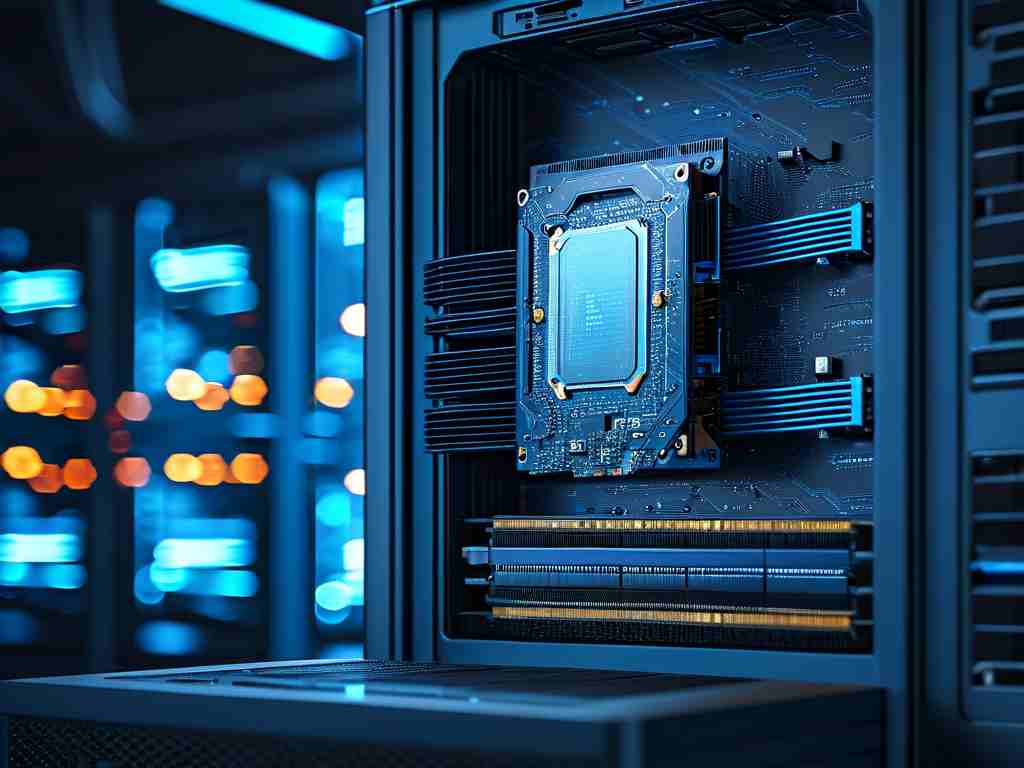In modern computing systems, memory addressing forms the backbone of data storage and retrieval operations. Understanding how computer memory addresses are calculated requires examining the interplay between hardware architecture, operating system design, and programming principles. This article explores the core mechanisms behind memory address calculation while addressing common technical misconceptions.

At its fundamental level, memory addressing relies on binary mathematics and physical hardware constraints. Each memory cell in Random Access Memory (RAM) possesses a unique identifier called a memory address, typically represented as a hexadecimal value. The calculation of these addresses depends on three critical factors: the processor's architecture, the memory addressing mode, and the operating system's memory management strategy.
Modern processors employ two primary addressing schemes: physical addressing and virtual addressing. Physical addresses correspond directly to actual hardware memory locations, calculated using the formula:
Physical Address = Segment Register × 16 + Offset
This legacy calculation method from 16-bit architectures remains relevant in understanding base principles. Contemporary 64-bit systems use more complex calculations involving multiple components:
; x86-64 example mov rax, [rbx + rsi*8 + 0x100]
Here, the address combines base register (RBX), scaled index (RSI multiplied by 8), and displacement (0x100), demonstrating modern processors' sophisticated addressing capabilities.
Virtual memory systems introduce additional layers through page tables and translation lookaside buffers (TLBs). The calculation transforms virtual addresses to physical addresses using:
Physical Address = Page Table Base + (Virtual Address >> Page Offset Bits)This translation process enables memory isolation between processes and efficient memory allocation. Modern operating systems like Windows and Linux implement multi-level page table structures, with four-level paging being common in x86-64 architectures.
Memory alignment significantly impacts address calculation efficiency. Processors typically access memory in word-sized chunks (4 bytes on 32-bit systems, 8 bytes on 64-bit systems). Misaligned addresses force CPUs to perform multiple memory operations, dramatically reducing performance. Developers must consider alignment requirements when designing data structures:
struct optimized {
int32_t data __attribute__((aligned(8)));
};
Memory-mapped I/O further complicates address calculation by assigning hardware peripherals specific memory ranges. These addresses don't correspond to physical RAM but instead trigger device operations when accessed. The calculation of these addresses varies by hardware platform and requires precise configuration in device drivers.
Cache memory introduces another dimension through set-associative mapping. Modern CPUs calculate cache addresses using:
Cache Set = (Memory Address / Block Size) % Number of SetsThis calculation optimizes data locality while minimizing cache collision probability. Understanding these mechanics helps programmers write cache-friendly code for performance-critical applications.
In networked systems and distributed computing, memory address calculation extends to remote memory access. Technologies like RDMA (Remote Direct Memory Access) use complex address translation mechanisms combining physical addresses and network identifiers:
Global Address = Node ID << 48 | Local Physical AddressThis hybrid addressing enables high-speed data transfers between cluster nodes while maintaining memory semantics.
Emerging technologies continue to reshape memory address calculation paradigms. Persistent memory architectures like Intel Optane require new address translation layers that blend volatile and non-volatile memory characteristics. Quantum computing proposals suggest probabilistic address calculation models that fundamentally differ from classical binary systems.
Developers must understand these principles when debugging memory-related issues. Common tools like debuggers and memory analyzers display addresses using process-specific virtual mappings, requiring mental translation to physical or file-mapped locations. Reverse engineers particularly benefit from mastering address calculation techniques when analyzing compiled binaries or malware samples.
As computing evolves toward heterogeneous architectures (combining CPUs, GPUs, and specialized accelerators), memory address calculation grows more complex. Unified memory architectures attempt to simplify this by creating shared address spaces, but underlying calculations still vary between processing units. The ongoing development of CXL (Compute Express Link) and similar interconnect technologies promises new approaches to memory address management across disparate components.
In , memory address calculation represents a multi-layered technical discipline combining electrical engineering, computer architecture, and software design principles. From simple offset calculations in early computing to today's multi-stage virtual memory systems, understanding these mechanisms remains essential for system programmers, hardware designers, and performance-focused developers. As memory technologies continue advancing, new calculation paradigms will emerge, requiring professionals to maintain and expand their understanding of this foundational computing concept.









